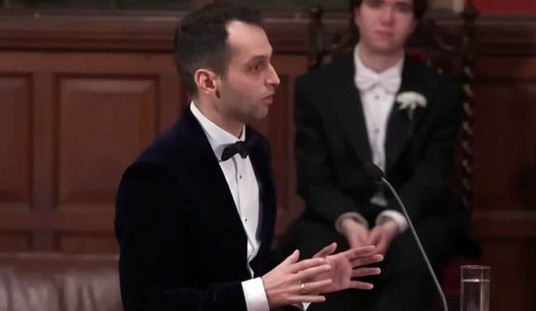Remember when Democratic senators in the Wisconsin state legislature said Republican Gov. Scott Walker’s plan to limit collective bargaining for public teachers’ unions would be detrimental for students? When union protesters — among other cruder criticisms — enjoined politicians to “care about educators like they care about your child”? Looks like the law that caused such bitter controversy in the Badger State will benefit both students and teachers in at least one Wisconsin district. The Washington Examiner’s Byron York reports:
The Kaukauna School District, in the Fox River Valley of Wisconsin near Appleton, has about 4,200 students and about 400 employees. It has struggled in recent times and this year faced a deficit of $400,000. But after the law went into effect, at 12:01 a.m. Wednesday, school officials put in place new policies they estimate will turn that $400,000 deficit into a $1.5 million surplus. And it’s all because of the very provisions that union leaders predicted would be disastrous.
In the past, teachers and other staff at Kaukauna were required to pay 10 percent of the cost of their health insurance coverage and none of their pension costs. Now, they’ll pay 12.6 percent of the cost of their coverage (still well below rates in much of the private sector) and also contribute 5.8 percent of salary to their pensions. The changes will save the school board an estimated $1.2 million this year, according to board President Todd Arnoldussen.
These savings were only made possible by limits on collective bargaining, York explains. Before Walker’s bill became law, the school district was obligated, by its collective bargaining agreement, to purchase health insurance coverage from WEA Trust, a union-created company. WEA Trust predictably hiked its prices — but, as soon as the school district became free to shop around for cheaper coverage, even WEA Trust dropped what it was charging.
But wait, there’s more: With those savings, the school district plans to hire more teachers!
Limits on collective bargaining will also lead to smaller class sizes, a boon for students. That’s because, in the absence of the work rules in place under the unions, teachers will now pick up an extra class period a day, teaching six instead of five — and will be present at the school for a full 40 hours each week, rather than just 37.5. I’d venture to guess it’s easier for a teacher to teach just 26 students at a time than it is to teach 31, too.
The school district also plans to implement merit pay.
This bright news comes just as the National Education Association admitted, for the first time, that evidence of student learning should be considered in the evaluations of school teachers around the country — and as the union gave an early 2012 presidential election endorsement to President Barack Obama. Oh yeah … and as the union approved a dues increase.









Join the conversation as a VIP Member